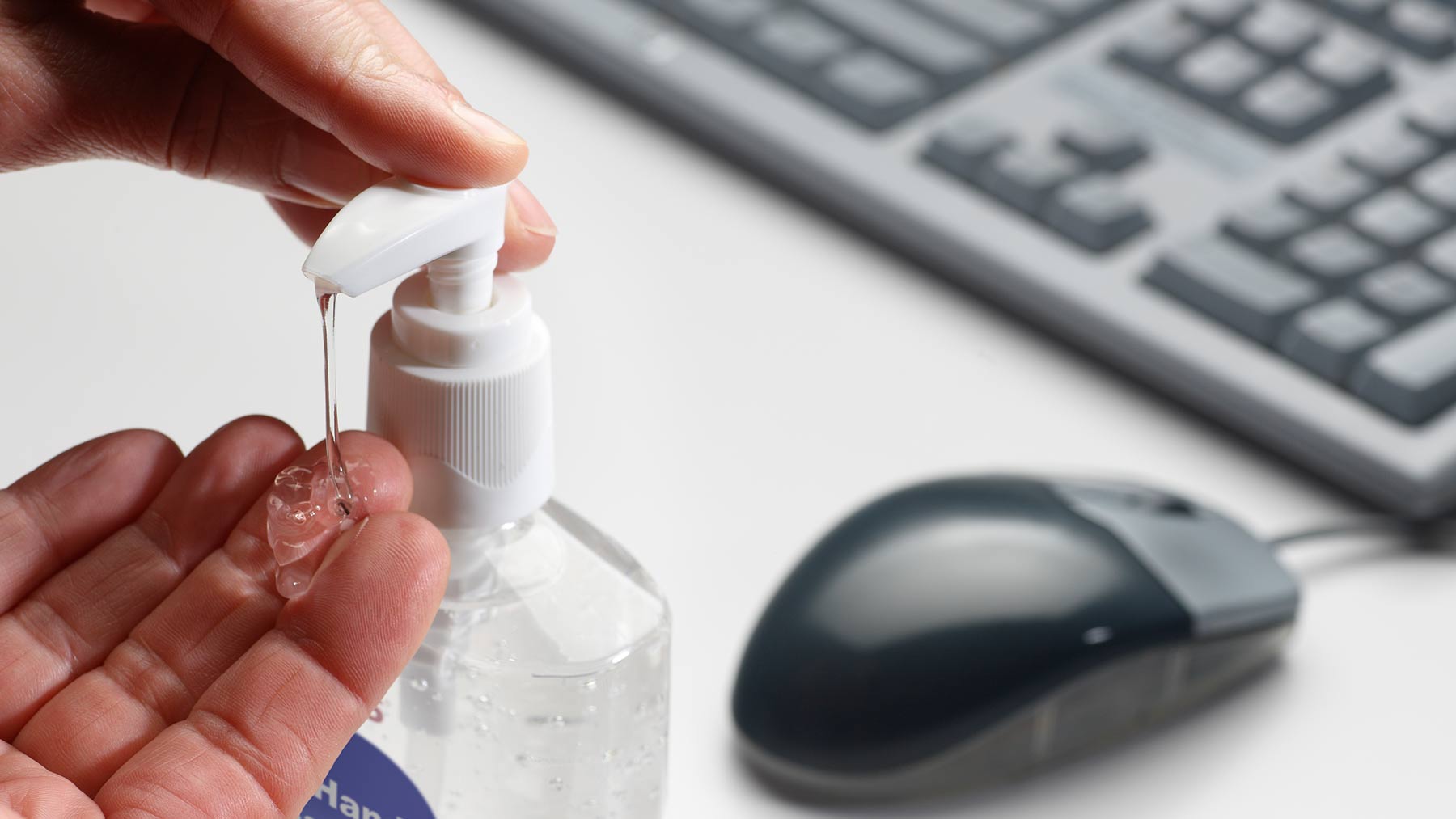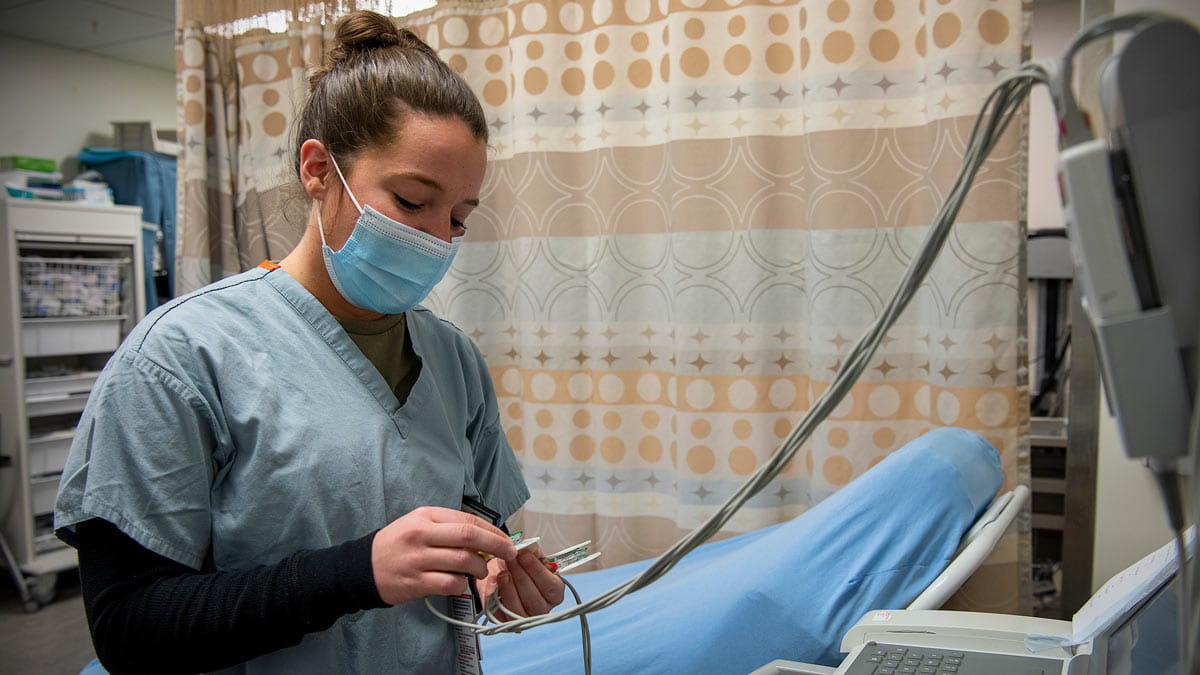Why you should think twice before using DIY hand sanitizer

Hand hygiene is an easy and effective way to prevent the spread of infections. Yet it’s something we don’t do enough.
The best way to keep your hands clean is with soap and water. But when you can’t get to a sink to wash your hands, hand sanitizer is a good second best.
During public health emergencies, grocery and drug stores often run out of essentials such as hand sanitizer and people may resort to making their own. Doing so isn’t without risk. Here are some of the common questions I get about hand sanitizer:
When should you use hand sanitizer?
Hand sanitizer is really the second rung after handwashing on the hand hygiene ladder. It’s recommended by the Centers for Disease Control and Prevention and the World Health Organization as an effective mechanism for hand sanitization.
When shouldn’t you use hand sanitizer?
There are certain things that hand sanitizer can’t do. The most obvious time you should avoid hand sanitizer is if you have visibly soiled hands. The other time that it’s really not great to use hand sanitizer is after using the restroom. C. diff, an infection that people get in their gastrointestinal track, is the number one thing that hand sanitizer doesn’t work for, so after using the bathroom, soap and water is your best bet.
What makes hand sanitizer effective?
The active ingredient in hand sanitizer is alcohol, and it’s a certain percentage of alcohol that’s going to make a hand sanitizer mixture effective—at least 60%, but 70% seems to be the magic number.
If hand sanitizer is sold out, what should you do?
If it’s sold out, your best bet is soap and water. There are a lot of recipes on the web to make it at home, but to do it properly requires equipment that most of us don’t have access to.
If you want to make your own, what do you need?
The typical ingredients are isopropyl or ethyl alcohol with a 91 to 99% concentration, an aloe or glycerin gel and an essential oil for the scent. That’s the easy part. The tough part is making sure you’re mixing something that has the effective concentration of 60% or greater. To make sure that you actually achieved that concentration, you need something called an alcoholmeter and, personally, I don’t know where to find one of those if you don’t work in a lab.
What are the risks associated with making your own hand sanitizer?
The risks of making your own hand sanitizer are twofold. You could mix something that isn’t effective and then you would be out there thinking that you’re protected when you’re not. That’s probably the biggest risk to your health. The other risk is you may mix something that’s a far higher concentration of alcohol than you want. If that happens, you could potentially have burning, contact dermatitis or inflammation of your skin that could lead to skin breakdown, cracking and bleeding. If you harm the integrity of your skin with too high of an alcohol concentration, your hands may become another route for bacteria and viruses to enter your bloodstream and make you sick.
Should you use liquor to make hand sanitizer?
I wouldn’t recommend using alcohol products that are for consumption to make hand sanitizer. Most of the alcohol products that are out there for consumption don’t have a high enough concentration for you to make an effective product. If you think of an 80 proof liquor, that’s only 40% alcohol. By the time you’ve mixed that with a glycerin or aloe gel and an essential oil, it’s not going to get it to the alcohol concentration you need.
What’s the best recipe to use?
The World Health Organization has a recipe on its website. It’s intended for industrial utilization in countries that don’t have access to readily available commercial hand sanitizer. In those instances, they’re going to have the tools necessary to make a product that they can validate will be effective. It’s difficult to follow that recipe at home.
Is there an ideal amount of hand sanitizer to use?
Use enough to adequately cover all the surfaces of your hands and between your fingers. The recommendation is a dollop the size of a quarter, but if you notice that your hands are dry and you haven’t got good coverage, do it again.
Iahn Gonsenhauser is chief quality and patient safety officer at The Ohio State University Wexner Medical Center and assistant professor of internal medicine at The Ohio State University College of Medicine.




